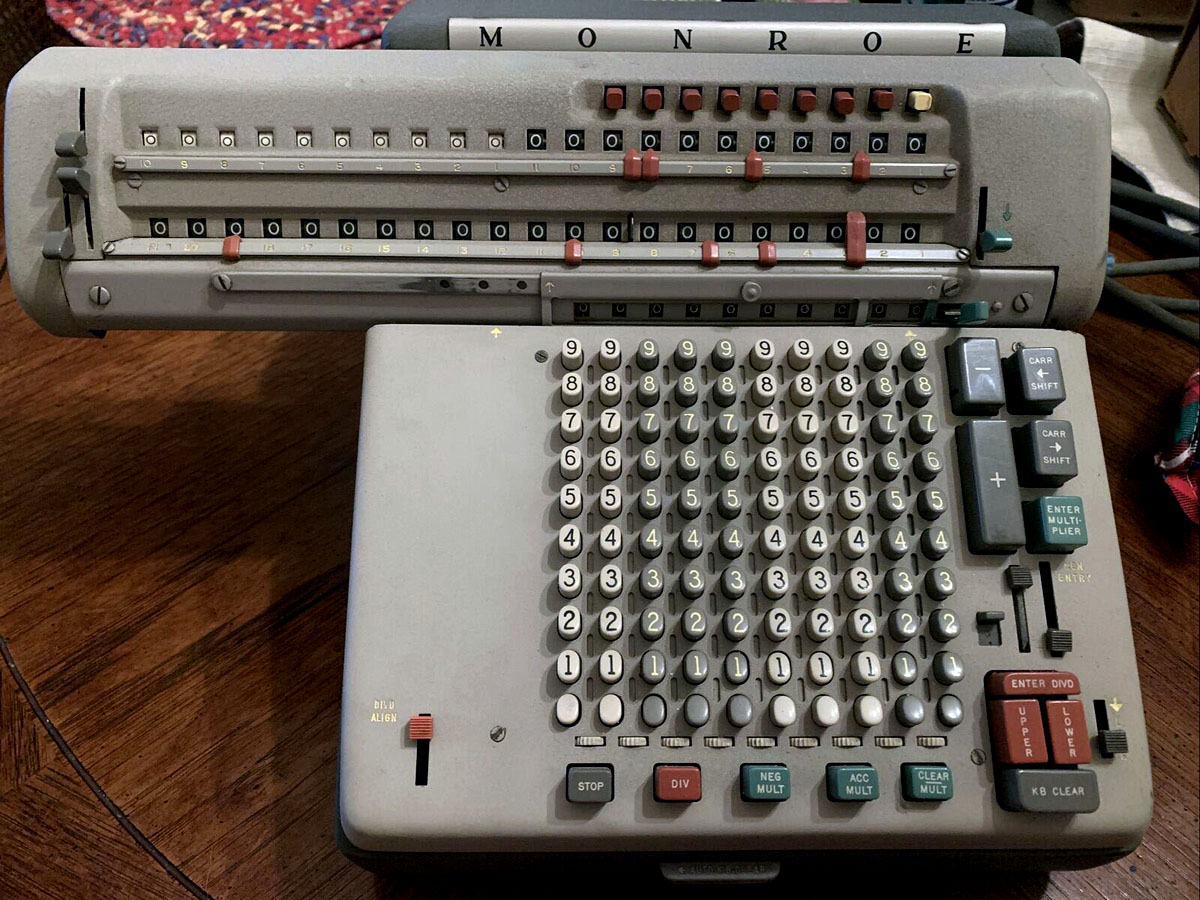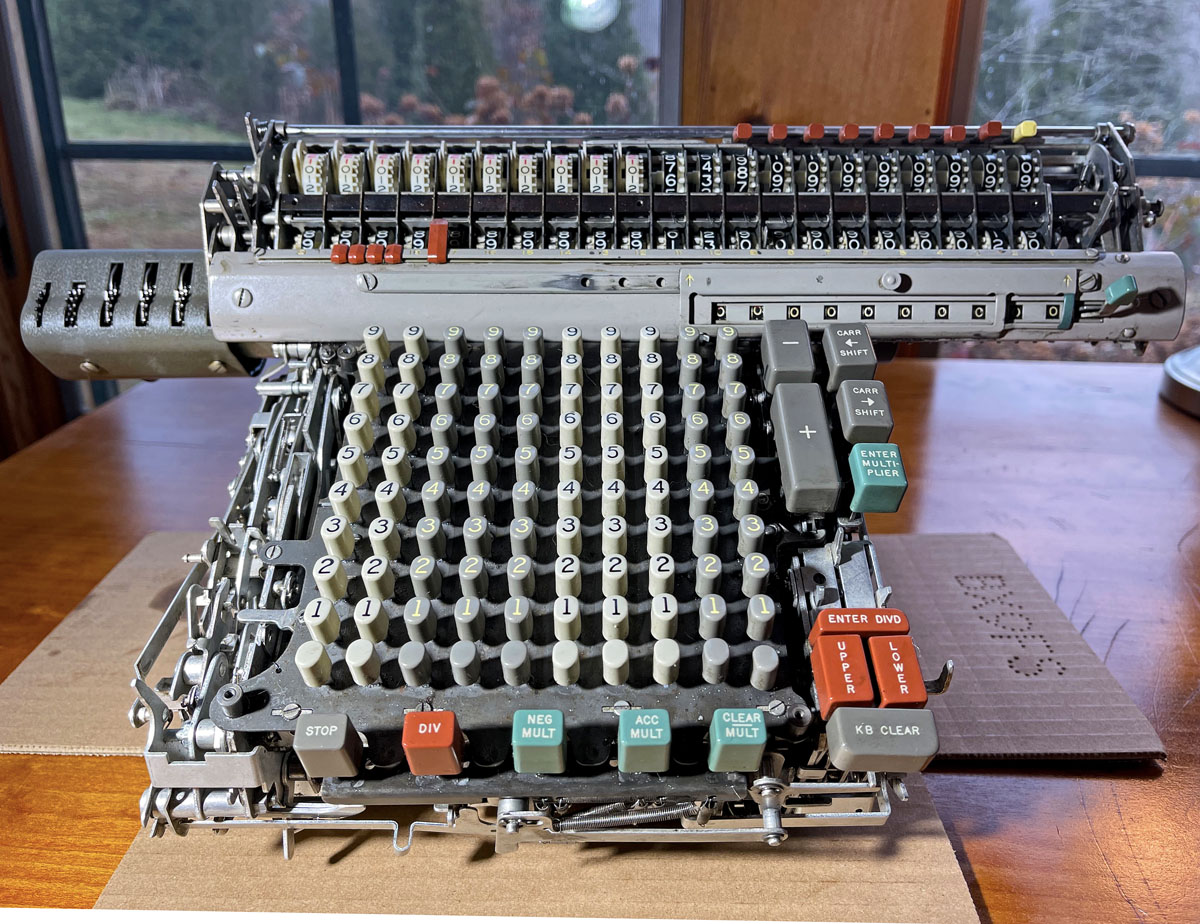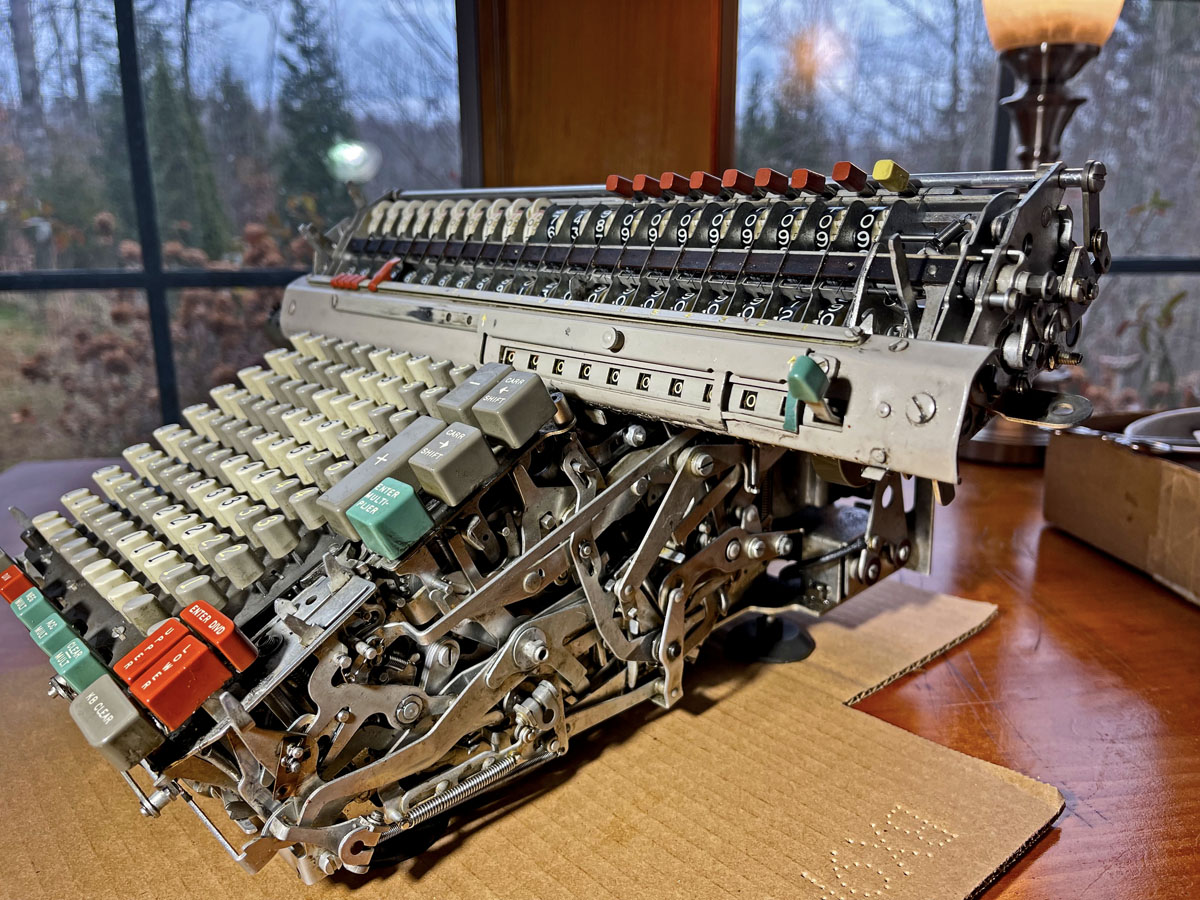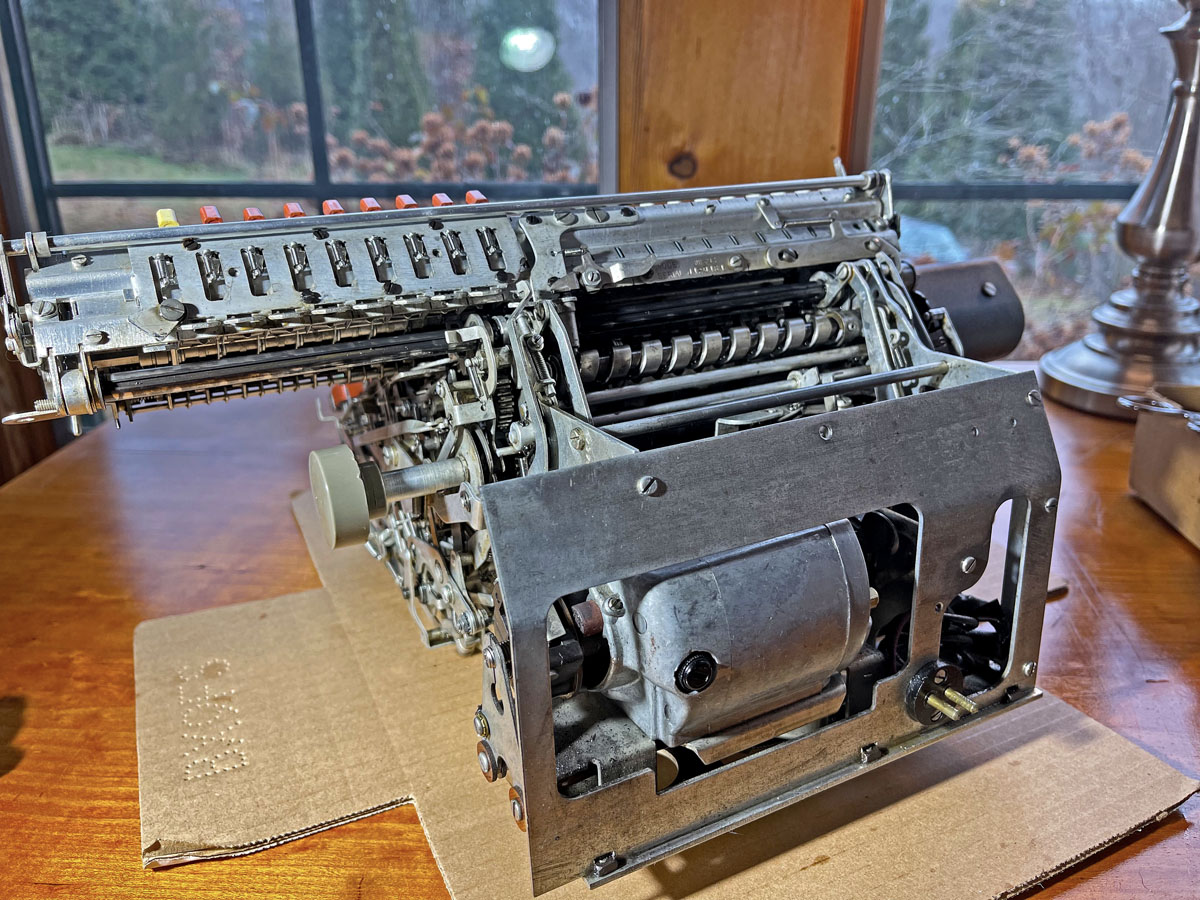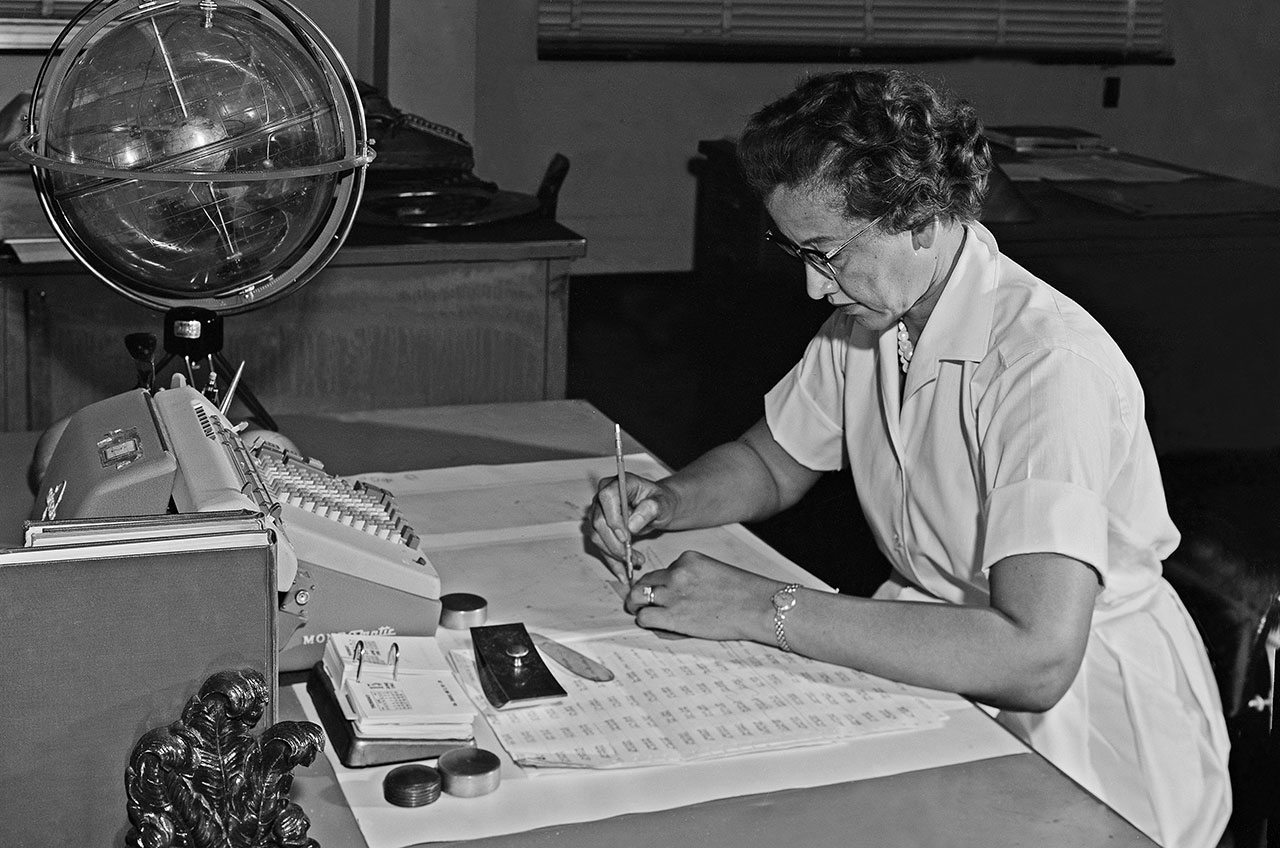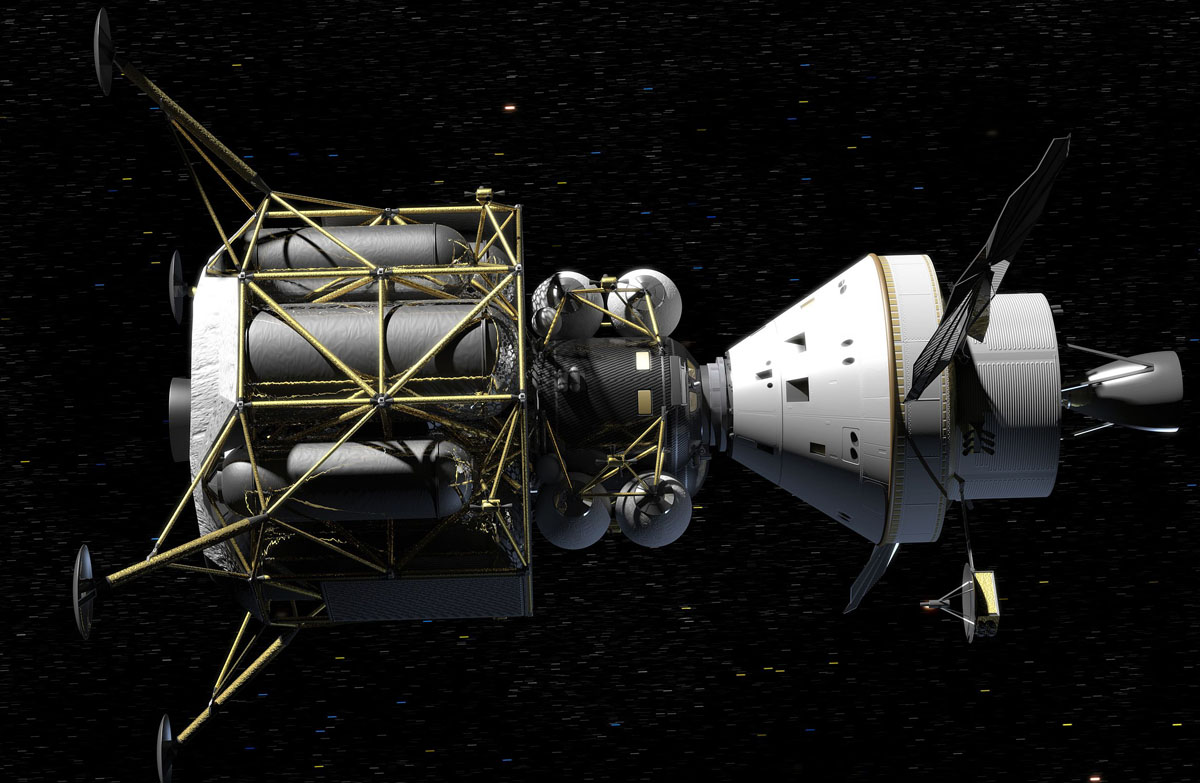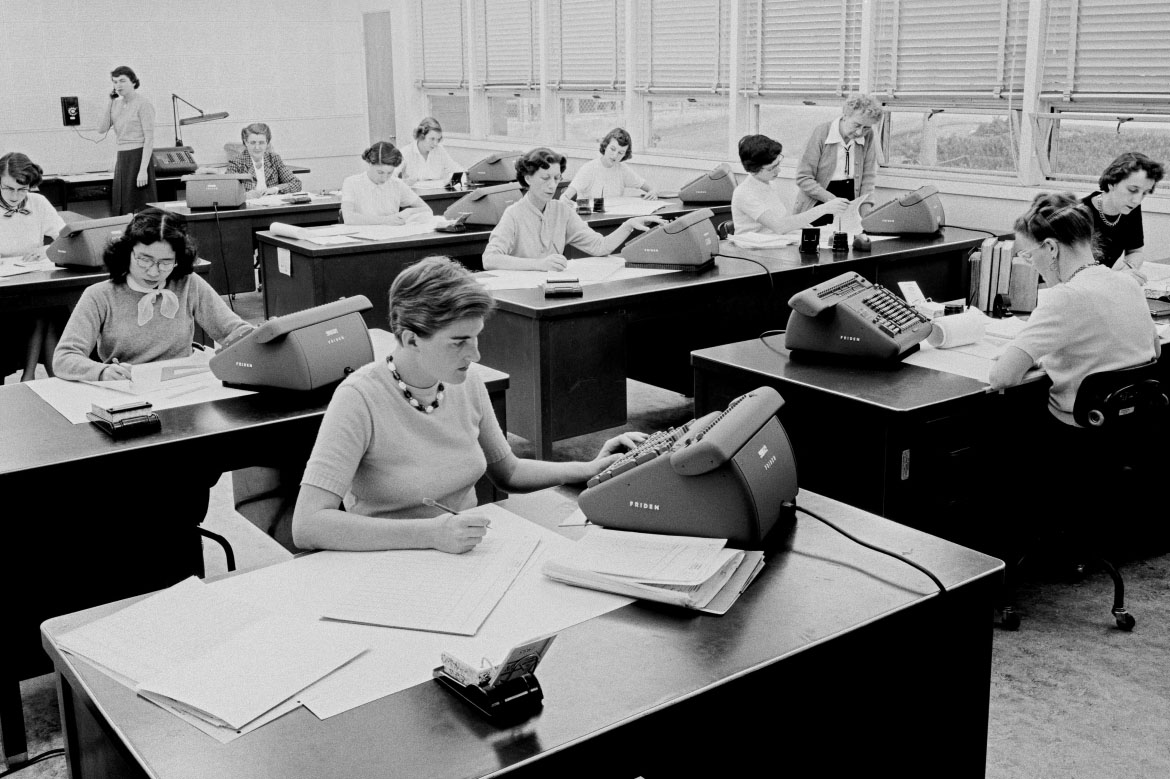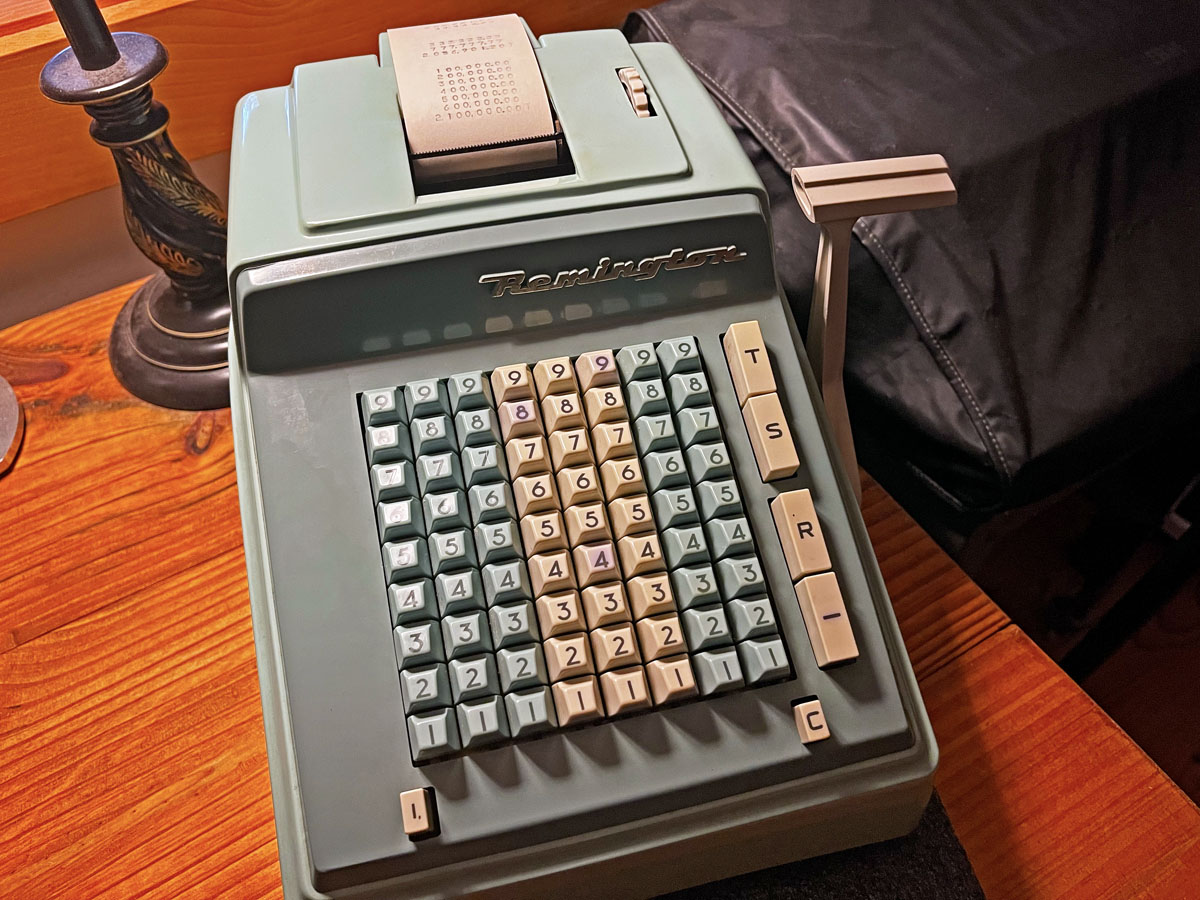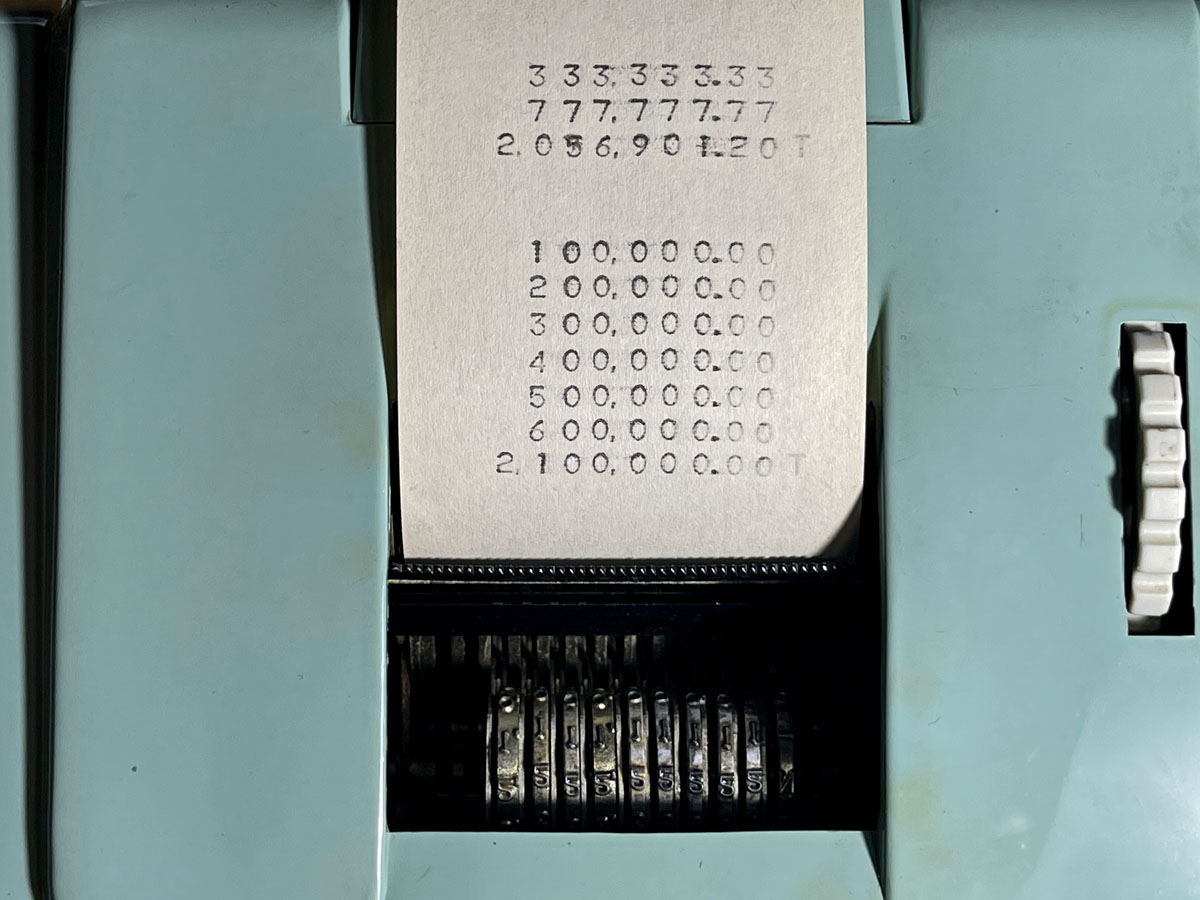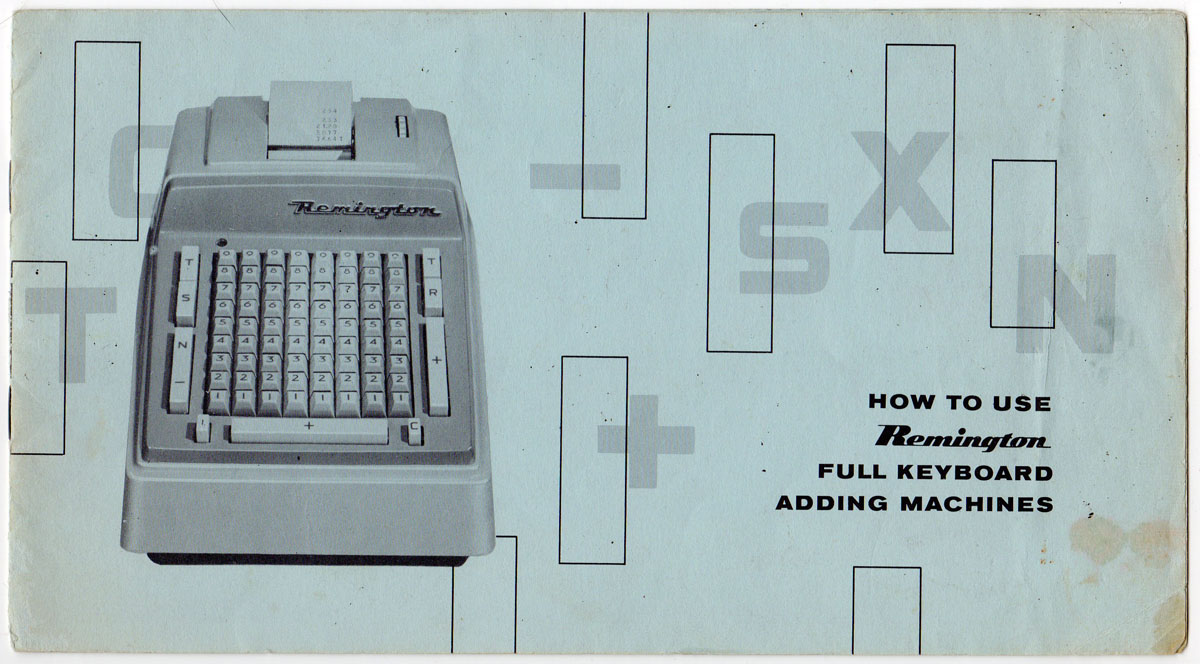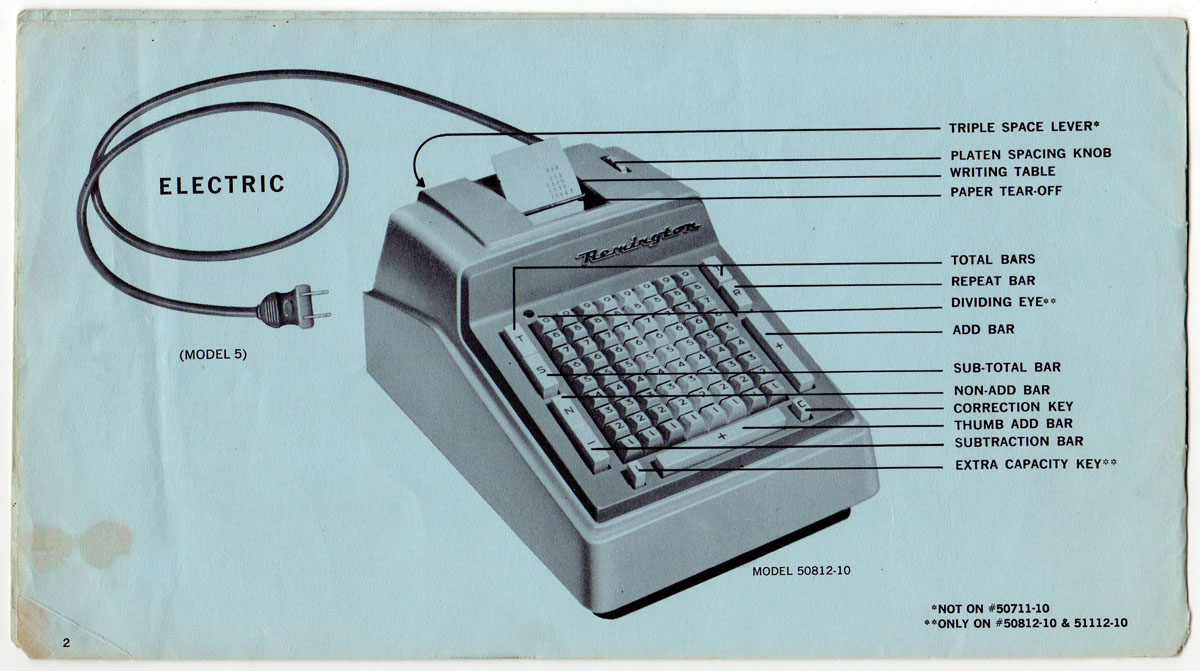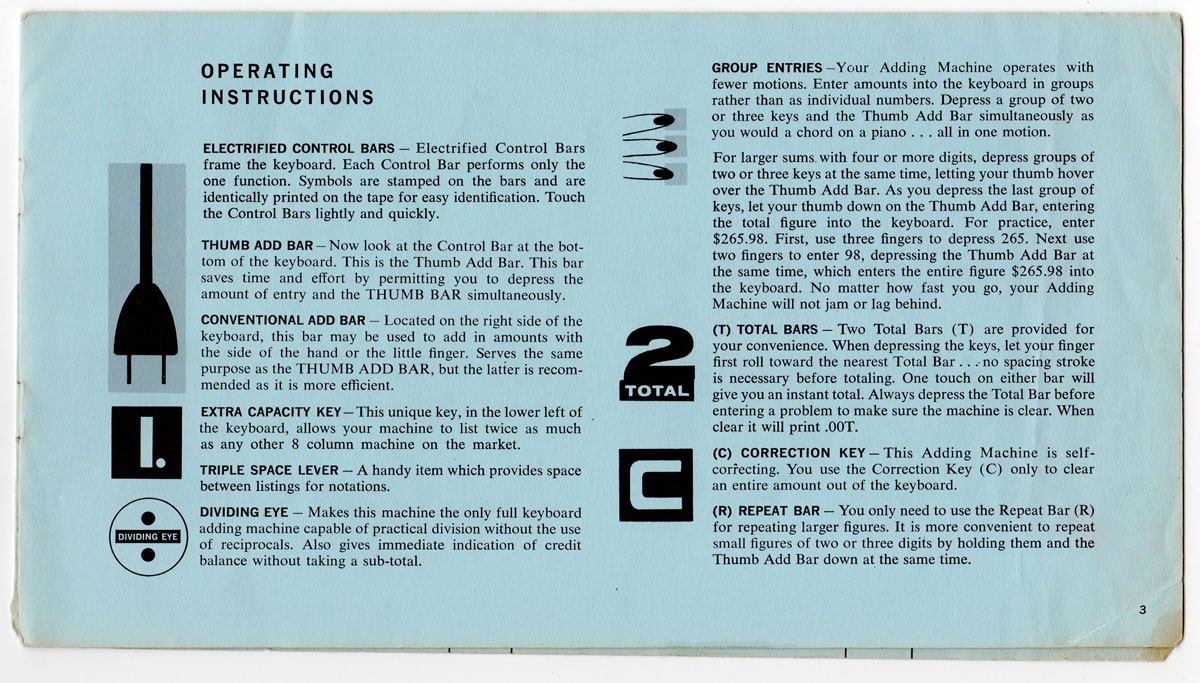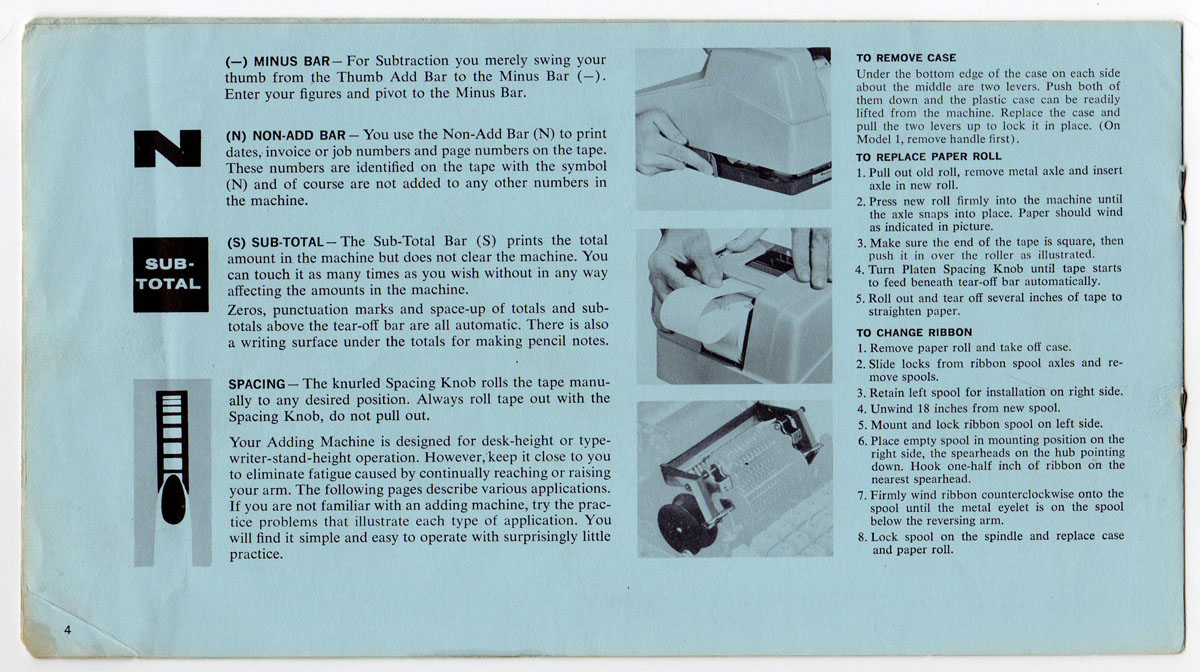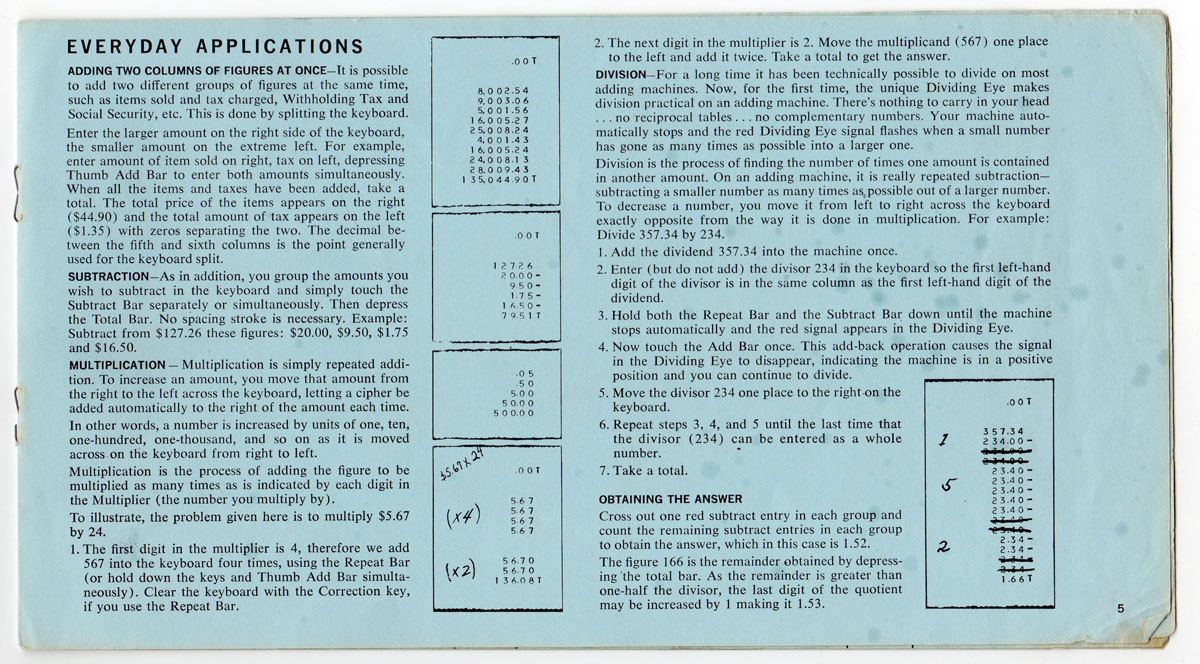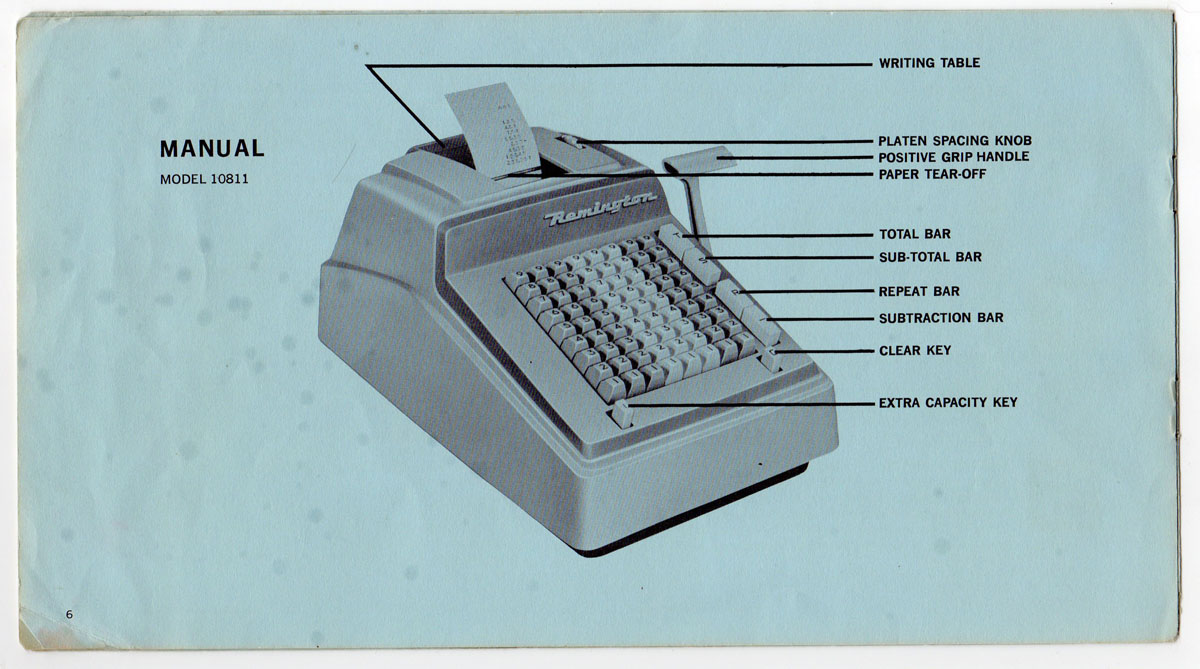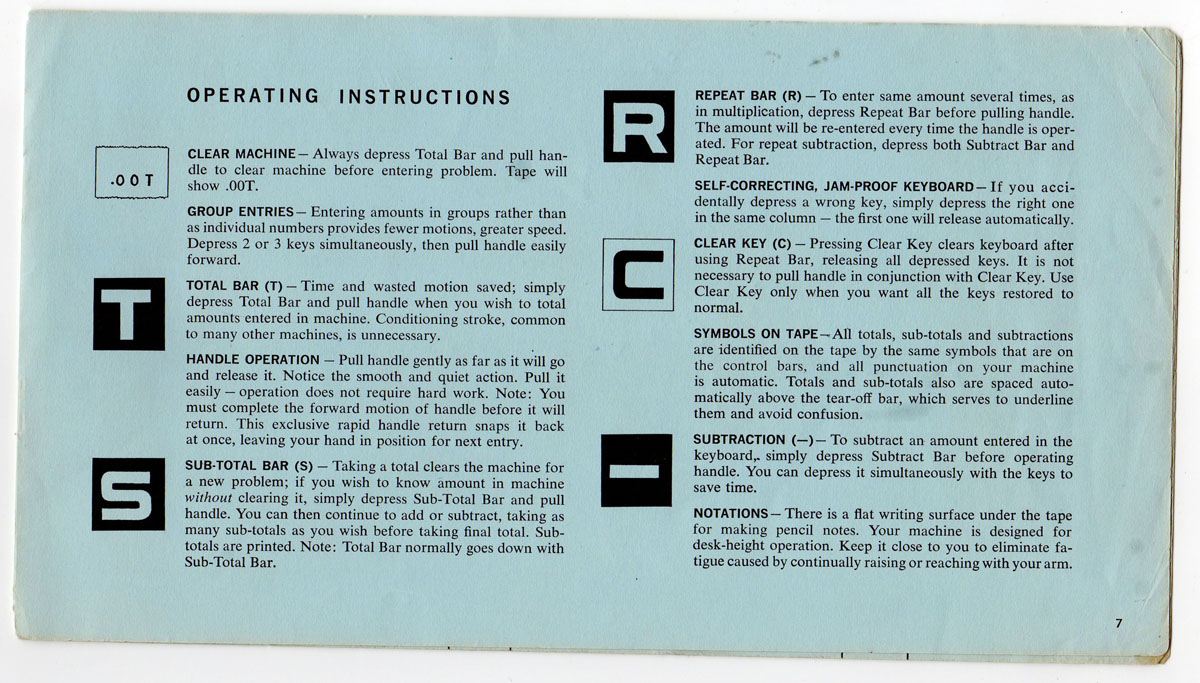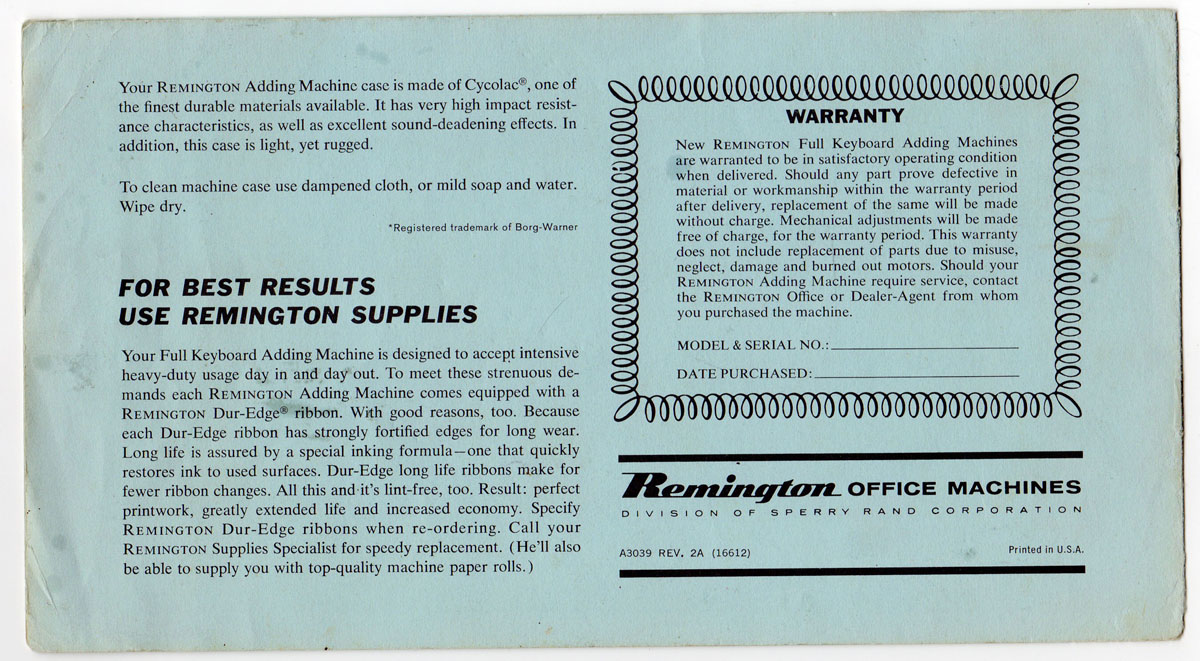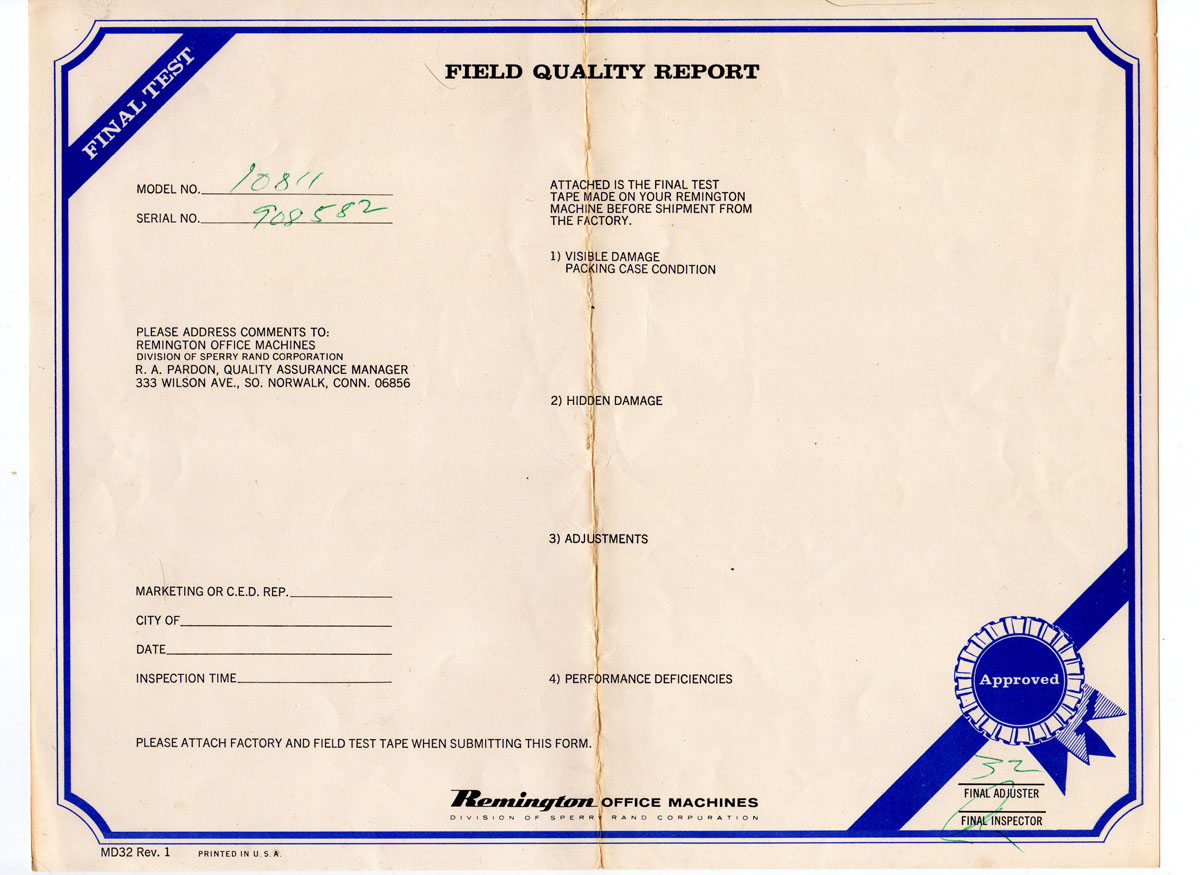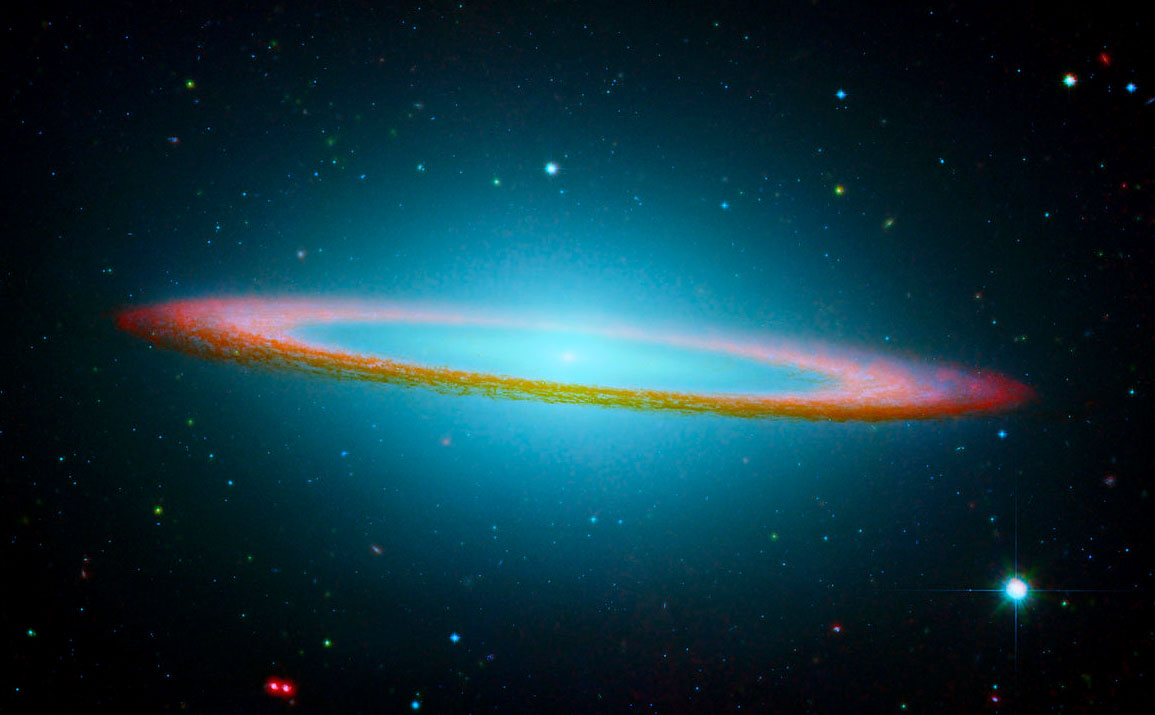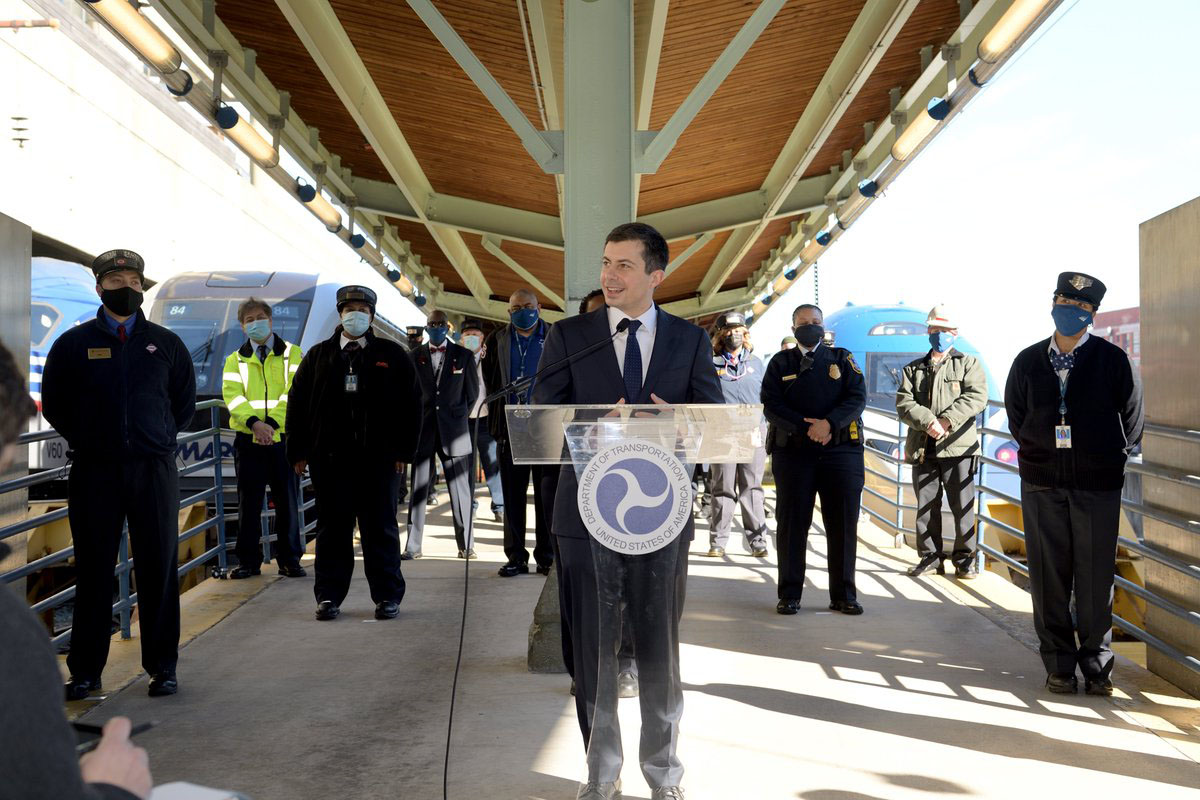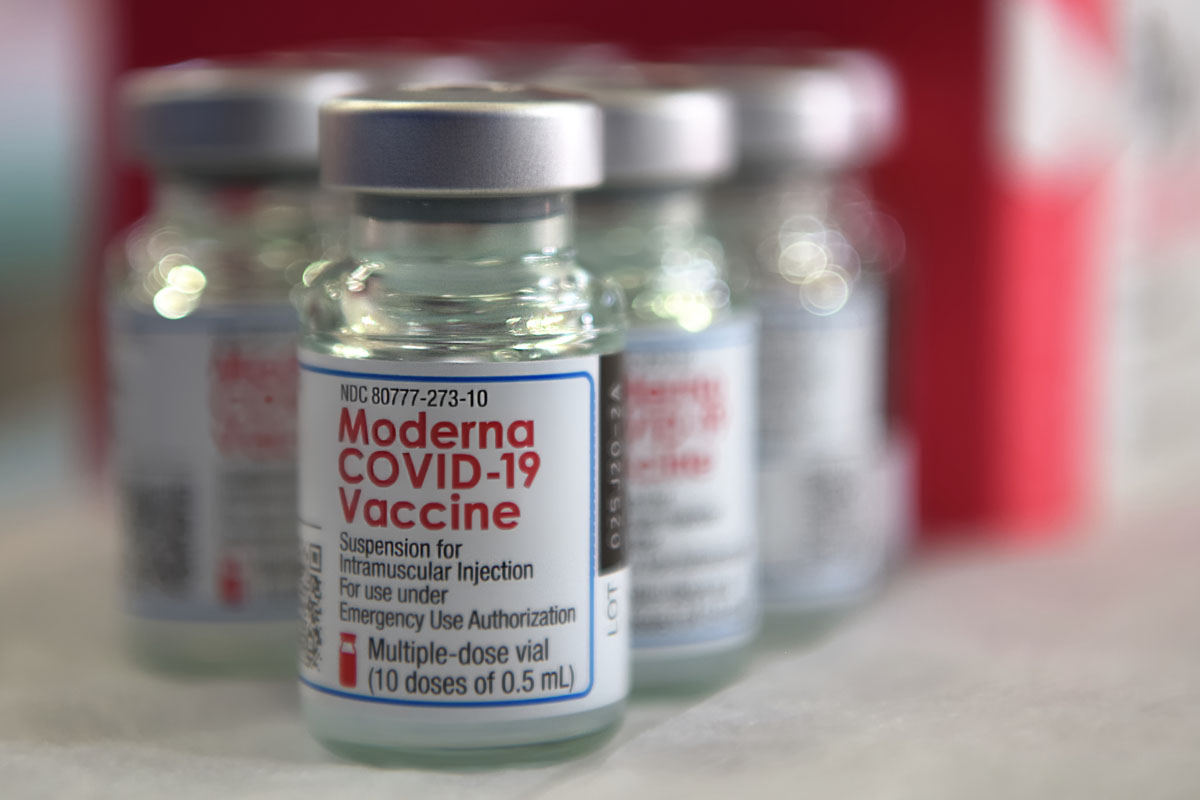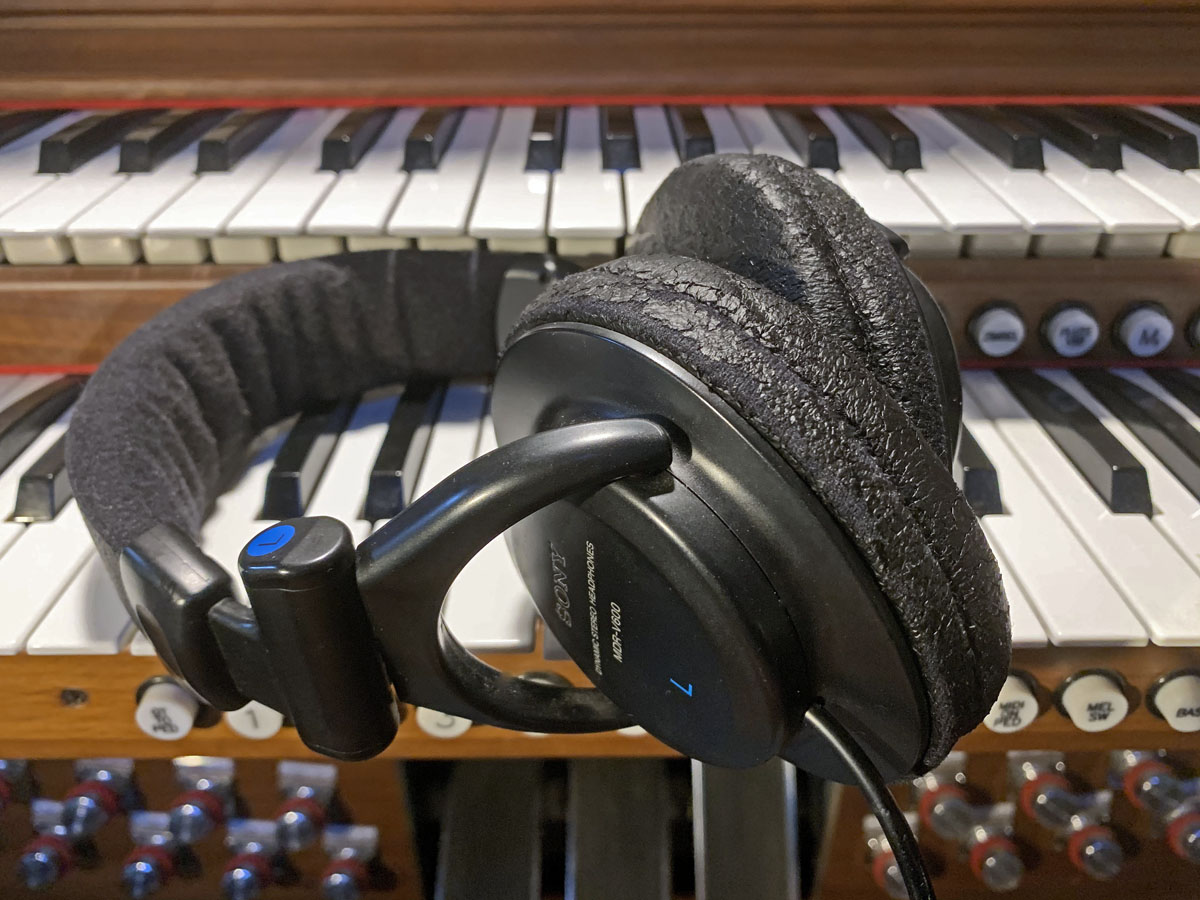
Source: Apple
A great many articles have been written about 5G. Few of those articles are technical enough to help you understand the arguments over 5G safety. In addition, few of those articles are technical enough to help you understand which 5G cell phone is right for you, and which 5G cellular provider (such as Verizon or T-Mobile) is right for you. So, at the risk of boring you, let’s get just a little technical.
Safety
First of all, the notion that 5G causes Covid-19, or that 5G involves some kind of new hazard that warrants banning it, is silly in the extreme.
Remember when microwave ovens came on the market? Many people were afraid of them. Now just about everybody has one, and nobody worries about them. Those who tried to promote fear of microwave ovens back then used the same scare word that 5G paranoiacs use now. That word is radiation. If you come across an article about 5G that uses the word radiation, then that article is probably propaganda.
Radiation is all around us. Our bodies themselves at this very moment are producing radiation, mostly in the form of heat. Without the radiation from the sun, there could be no life. We have been immersed in radio waves for more than 100 years. Yes: Life depends on some forms of radiation, and other forms of radiation are dangerous. The difference is in the frequency of the radiation and its intensity.
As far as I can tell, 5G is said to be dangerous because 5G uses frequencies higher than 4G (4G is also called LTE). It is true that 5G uses somewhat higher frequencies. But those frequencies are still (obviously) in the radio spectrum. The properties of different frequencies in the electromagnetic spectrum (of which the radio spectrum is a small part) have been understood for a long time. There is new technology and somewhat higher radio frequencies in 5G, but there is no new science.
Some easy physics
Only one point of physics needs to be understood. That is that electromagnetic emissions of higher frequencies contain more energy than emissions of lower frequencies. A reasonable analogy, I believe, would be a comparison with a spinning flywheel. A wheel spinning fast contains more energy (in the form of angular momentum) than a wheel spinning slowly. Electromagnetic emissions become dangerous to the human body when they contain enough energy to cause either chemical or molecular changes in body tissues. Here we must consider the concept of ionizing versus non-ionizing radiation. The entire radio spectrum including 5G is non-ionizing radiation. When the body is exposed to energy in the radio spectrum, heat is produced. It is not dangerous unless it’s intense enough to cause burns. We’re talking here about an ordinary burn of the same type you’d get if you spilled hot coffee.
Ionizing radiation is much more powerful. Intense radiation at ionizing frequencies will knock electrons out of an atom’s shell. (An atom with the wrong number of electrons is called an ion.) When electromagnetic energy is energetic enough to start altering atoms and chemical molecules, then our cells and our DNA are in danger. If you look at the chart below of the electromagnetic spectrum, you’ll see that the entire radio spectrum (which of course includes 5G) is in a frequency band lower than your microwave oven. And your microwave oven, in spite of its higher frequencies, still produces only heat, because its emissions are not energetic enough to cause ionization.
Life on earth has always been exposed to ionizing radiation in the form of ultraviolet light from the sun and gamma rays from outer space. At low levels, the body can repair molecular damage faster than the damage is done. The problem is when ionizing radiation causes cellular damage faster than the body can repair it. The three factors that determine the degree of danger are, how intense was the source of ionizing radiation, how close were you to it, and how long were you exposed. Tanning beds are far more dangerous than microwave ovens. And medical X-rays are deemed safe as long as the exposure is low and the body’s cells have time to do repairs between exposures.
But that’s enough about ionizing radiation, because 5G emissions — in fact, no radio emissions — are energetic enough to cause any reaction in the body other than hot-coffee heat.
How is 5G different from 4G?
The difference between 5G and 4G that concerns us here is how 5G uses the radio spectrum. Now we need to talk about bands of radio spectrum.
Like 4G, 5G uses multiple ranges of radio frequencies. In fact they use the same frequencies except that 5G uses some higher frequencies, up to 39Ghz. Frequencies that high have advantages as well as disadvantages. The advantage is that there is a hugh amount of bandwidth at those frequencies, so 5G speeds can be faster than 4G. The disadvantage is that frequencies as high as 39Ghz don’t propagate well. Their range is limited, and they don’t penetrate walls as well as lower frequencies. Thus 5G cellular towers that use those higher frequencies must be much closer together.
But 5G works just as well at lower frequencies. The lowest frequencies used by 5G are in the range of 650Mhz to 850Mhz. That’s much, much lower. I call it “low band.” Radio waves at those lower frequencies propagate much better over longer distances, as well as around and through obstacles. Those are the frequencies that were used by broadcast television, until the FCC reallocated frequencies to move broadcast television off those frequencies and reassign the frequencies for cellular communication.
Now you can see why 5G benefits both city people and rural people, and why where you live should factor into your choice of which 5G service provider you want to use.
Verizon vs. T-Mobile
Verizon and T-Mobile took different strategies with 5G. At FCC auctions for 5G spectrum, Verizon’s strategy was to buy licensing for the higher frequencies. T-Mobile, on the other hand, bought as much of the old broadcast television spectrum as it could get its hands on. T-Mobile bought Sprint mainly to acquire Sprint’s spectrum. Keeping in mind that all 5G providers have a range of spectrum, Verizon’s spectrum is on the whole more beneficial to those who live in cities. T-Mobile’s spectrum is on the whole more beneficial to those who live in rural areas. That’s why Verizon’s CEO joined Tim Cook at Apple’s iPhone 12 rollout and boasted that Verizon will have the bandwidth to feed a stadium full of cell phone users. T-Mobile’s advantage for rural users is not yet widely understood, partly because T-Mobile is still in the process of upgrading its rural towers to support low band 5G.
I should mention here that no individual or corporation owns radio spectrum, though we speak of it that way sometimes. In all countries, radio spectrum is seen as a publicly owned natural resource to be managed for the public good. So corporations don’t buy spectrum, they buy a license to use that spectrum. And all licenses have a start date and a termination date and thus must be relinquished or renewed.
Latency
You’ll often hear the word latency in discussions of 5G. Latency refers to the time it takes — the delay — in getting data from one place to another. The latency is lower for 5G. Most people won’t notice any difference. Gamers will. And low latency is a requirement for any device that is being controlled from a distance or that needs to exchange data very fast — self-driving cars, for instance.
Phased arrays
The concept of phased arrays is very exciting for nerds like me, but it’s not something that needs to be understood to make decisions about 5G phones or 5G service providers. So this section is for extra credit.
Cell phones are just radios. All radios require antennas for receiving and transmitting. The size (or really, the length) of an antenna is directly proportional to the frequency that you want to use it on. The lower the frequency, the longer the antenna. A shortwave radio antenna may need to be a hundred feet long or longer. An antenna for 39Ghz would be less than a third of an inch long, or about 7mm. A half wavelength antenna would be only 3.5mm long. With antennas that small, it’s possible to design some very good antennas that will fit inside of cell phones.
Some antennas emit their signals equally in all directions. They’re omnidirectional antennas. Some antennas — directional antennas — can concentrate their signals into a beam. The television antennas that used to be seen on everyone’s chimneys (some people still have them!) are directional antennas. Technically, they’re Yagi antennas. They manipulate the phase of a radio signal inside an antenna so that the antenna focuses its sensitivity in a particular direction. That’s why those chimney antennas often had rotors. Let’s not get too deep into what the phase is. It has to do with the sine wave pattern of alternating current. All radio waves are sine waves.
It’s also possible to make directional antennas that have no moving parts. The antenna’s beam is directed not by rotating a single antenna but by having multiple antennas (four, typically) arranged in a square and using an electronic circuit to alter the phase of the signal to or from each antenna. The antenna can then be steered by turning a dial, or a computer can steer the antenna.
Some newer cell phones will indeed use tiny phased array antennas inside the cell phone. It’s easy to see how cellular communication can be improved if the cellular tower can steer a signal toward wherever the phone is, and if the phone can steer its signal toward wherever the tower is. This is practical, though, only at the highest frequencies used by 5G, where the antennas are small enough to fit inside a cell phone.
Understanding your phone’s (and carrier’s) specs
As you can see, to make a good choice in buying a phone or in choosing a cellular carrier involves understanding enough about 5G to know which phone, or which carrier, is best for you. In general, Verizon is a better choice if you will use your phone mostly in the city, and T-Mobile is a better choice if you will use your phone mostly in a rural area. I’m familiar only with U.S. carriers, so those who live outside the U.S. will have some research to do.
If you dig a bit, you’ll be able to find a phone’s specifications. Here, for example, are Apple’s frequency band specifications for my iPhone 12 Pro Max. (See here for other countries.)
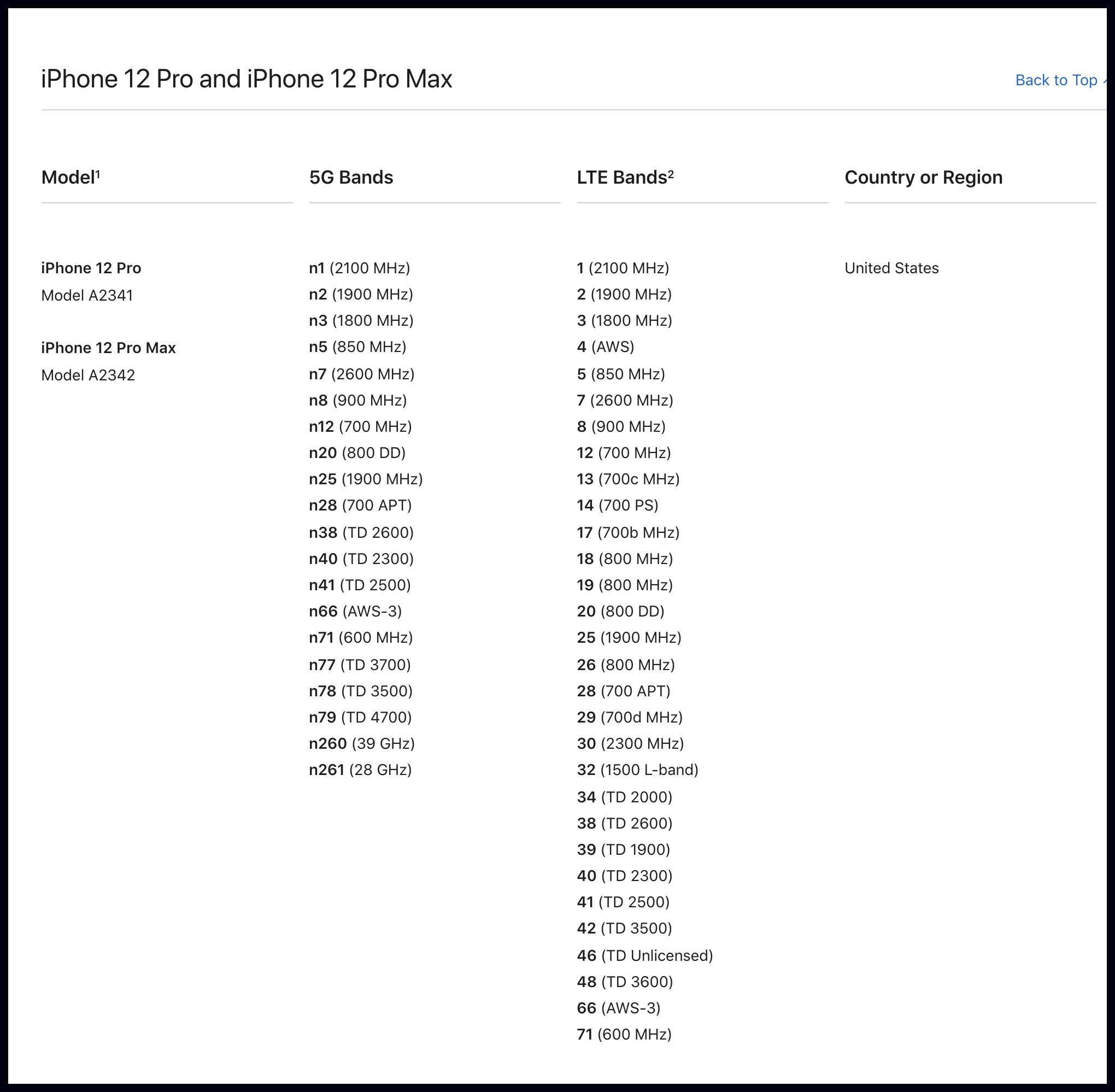
Note that the iPhone 12 supports 5G frequencies all the way from the lowest (600Mhz, band n71) to the highest (39Ghz, n260). So an iPhone 12 should work well for you on 5G no matter where you live or who your cell service provider is.
Some information is hard to get, though
Though your phone’s capabilities can easily be determined, and though we know in general what 5G strategy the different cell service providers are pursuing, what we don’t know is what kind of 5G equipment is installed and operating at particular locations or on particular towers. Also, cell service providers are rapidly installing new 5G equipment, so the situation is changing. The only way to really figure out what’s best for you is to take a particular phone to a particular place and see what kind of service you get. If you want to be a nerd about it, you can get your phone to tell you what band it’s on. I won’t go into that here because it’s too complicated, but I’ll describe my own case.
Two months ago, I switched from Verizon to T-Mobile, because it was easy to see that T-Mobile is better for me because I live in the sticks. The nearest cellular tower is over two miles away. With Verizon, I could get only slow data. The 4G signal was so weak that an iPhone 11 would often fall back to 3G — pathetically slow, though Verizon 4G was almost as slow. It’s 12 miles from me to the nearest tower with 5G. I can’t receive a 5G signal here yet. But switching to T-Mobile was a major improvement for me because the nearest T-Mobile towers use band 71 (600Mhz) for 4G LTE. With an iPhone 12 on T-Mobile, I can now hold a 4G signal and get data speeds that would seem slow to city people but that are a godsend to country folk — around 8Mbps down. In short, I switched to T-Mobile to get a frequency band that Verizon does not have here — band 71 in the old broadcast television spectrum. My hope is that T-Mobile will soon light up 5G on the 600Mhz band, which should give me some — though probably not dramatic — improvement. Those super-high 5G data speeds are possible only at the higher frequencies.
Caveat emptor
As you can see, making choices in 5G phones and 5G carriers can be complicated. It’s a given that people who work in cell phone stores will give inaccurate and misleading information, not least because they don’t understand what they’re selling. For some people (for example, if you live in New York City), decisions may be easy. But for those of us who live in the sticks, there is no choice but to get some understanding of 5G, to know where your towers are, and to drive around from tower to tower testing phones. I have an extra class amateur radio license, and I’ve been playing with radios and antennas for years. The applicable theories — not to mention the safety rules when you’re around radio-frequency currents — are familiar to me. For those without that kind of experience, the best strategy probably is to read, to always be skeptical of what you’re told (especially from people who work in cell phone stores), and to compare notes with your neighbors who may be using different kinds of phones on different carriers.
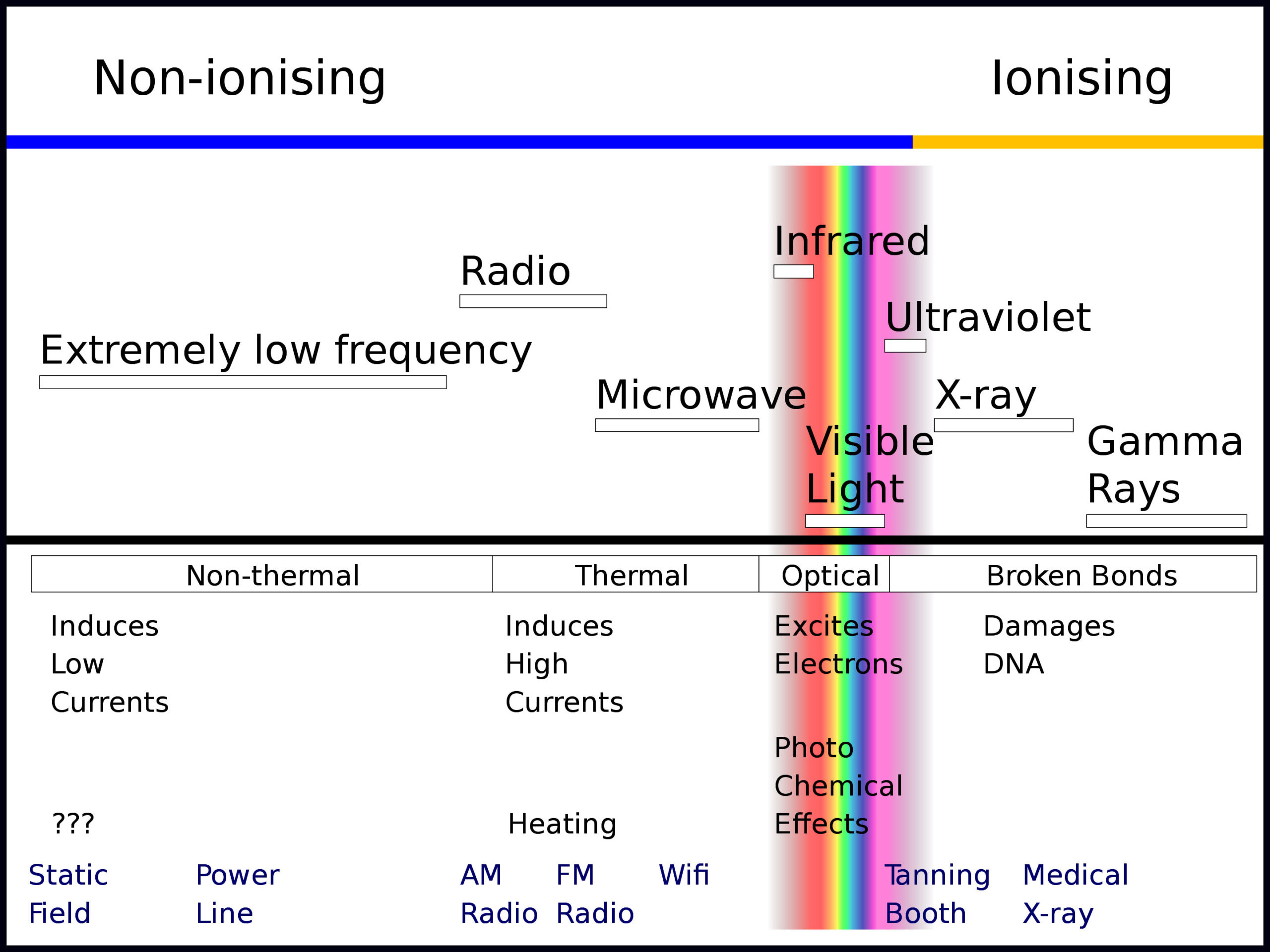
Source: Wikipedia
